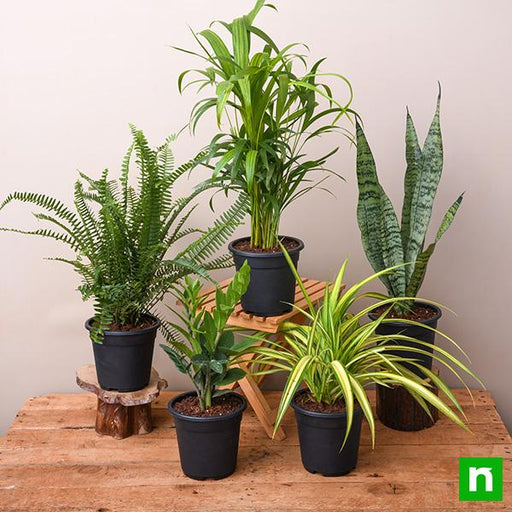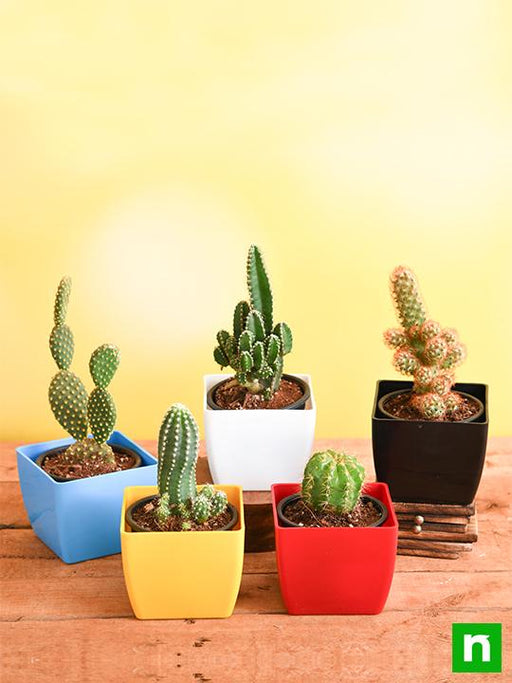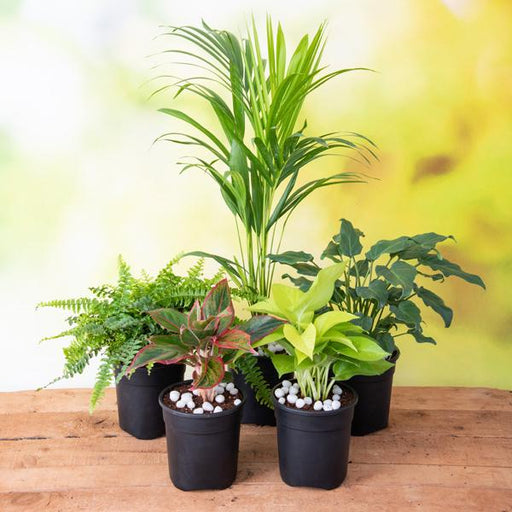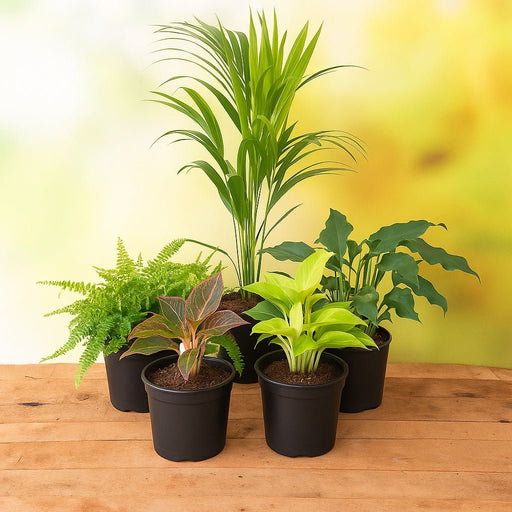Types of cactus plants
There are many different types of cactus plants, ranging in size from small, decorative varieties to large, towering specimens. Consider choosing a variety that is well-suited to your climate and growing conditions.
Cactus care
Cactus plants require minimal care and attention, but they still need to be watered, fertilized, and repotted from time to time. Consider consulting with a cactus expert for tips on cactus care.
Cactus soil
Choosing the right soil for your cactus plant is important for its health and growth. Consider using a well-draining soil mixture that is specifically designed for cactus plants.
Cactus pots
Cactus plants are typically grown in small, decorative pots that showcase their unique shapes and textures. Consider choosing a pot that is well-suited to your cactus plant and its growing needs.
Cactus propagation
Propagating cactus plants is a fun and rewarding process that allows you to create new plants from existing specimens. Consider learning more about cactus propagation and trying it out for yourself.
Cactus pests
Cactus plants can be affected by pests, including spider mites and scale insects. Consider using natural pest control methods or consulting with a cactus expert for help with pest management.
Cactus diseases
Cactus plants are susceptible to a number of diseases, including fungal infections and bacterial rot. It's important to monitor your cactus plant for signs of disease and to take prompt action if necessary.
Cactus display
Displaying your cactus plant can be an important part of cactus cultivation. Consider using a display stand or incorporating your cactus into a larger landscape or indoor decor.
Cactus inspiration
Finding inspiration for your cactus plant can be a fun and creative process. Consider exploring different cactus varieties, researching different cactus habitats, or taking a trip to a desert landscape for inspiration.
Cactus symbolism
Cactus plants are often associated with symbols of resilience, strength, and endurance. Consider incorporating cactus plants into your home or workspace as a way to promote these positive qualities.
Cactus and succulent gardens
Creating a cactus or succulent garden can be a great way to showcase the beauty and diversity of these unique plants. Consider designing a cactus or succulent garden for your outdoor space.
Cactus and drought tolerance
Cactus plants are well-known for their drought tolerance, making them an ideal choice for water-wise gardening. Consider incorporating cactus plants into your drought-tolerant garden or xeriscape.
Cactus and rock gardens
Cactus plants can be incorporated into rock gardens for a striking and low-maintenance landscape design. Consider adding cactus plants to your rock garden for a touch of color and texture.
Cactus and indoor gardening
Cactus plants can be grown indoors, making them a great choice for apartment dwellers or those with limited outdoor space. Consider growing cactus plants in a sunny window or under a grow light.
Cactus and medicinal uses
Some cactus plants, such as the prickly pear cactus, have medicinal properties and are used in traditional medicine. Consider learning more about the medicinal uses of cactus plants.
Cactus and food
Some cactus plants, such as the prickly pear cactus, are also edible and are used in cooking. Consider experimenting with cactus in your culinary creations.
Cactus and art
Cactus plants have inspired artists for centuries, from paintings to sculptures.
Cactus and Feng Shui
Cactus plants are believed to bring positive energy and good luck into the home according to Feng Shui principles. Consider incorporating cactus plants into your home decor to enhance the flow of positive energy.
Cactus and air purification
Cactus plants can help purify the air in your home by removing toxins and pollutants. Consider incorporating cactus plants into your indoor space for cleaner, fresher air.
Cactus and landscaping
Cactus plants can be used in landscaping for their unique shapes and textures. Consider adding cactus plants to your outdoor space for a touch of desert-inspired beauty.


































































